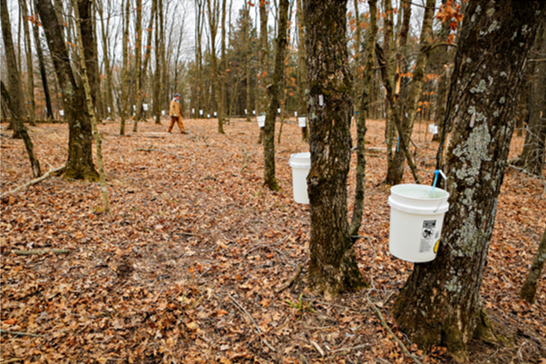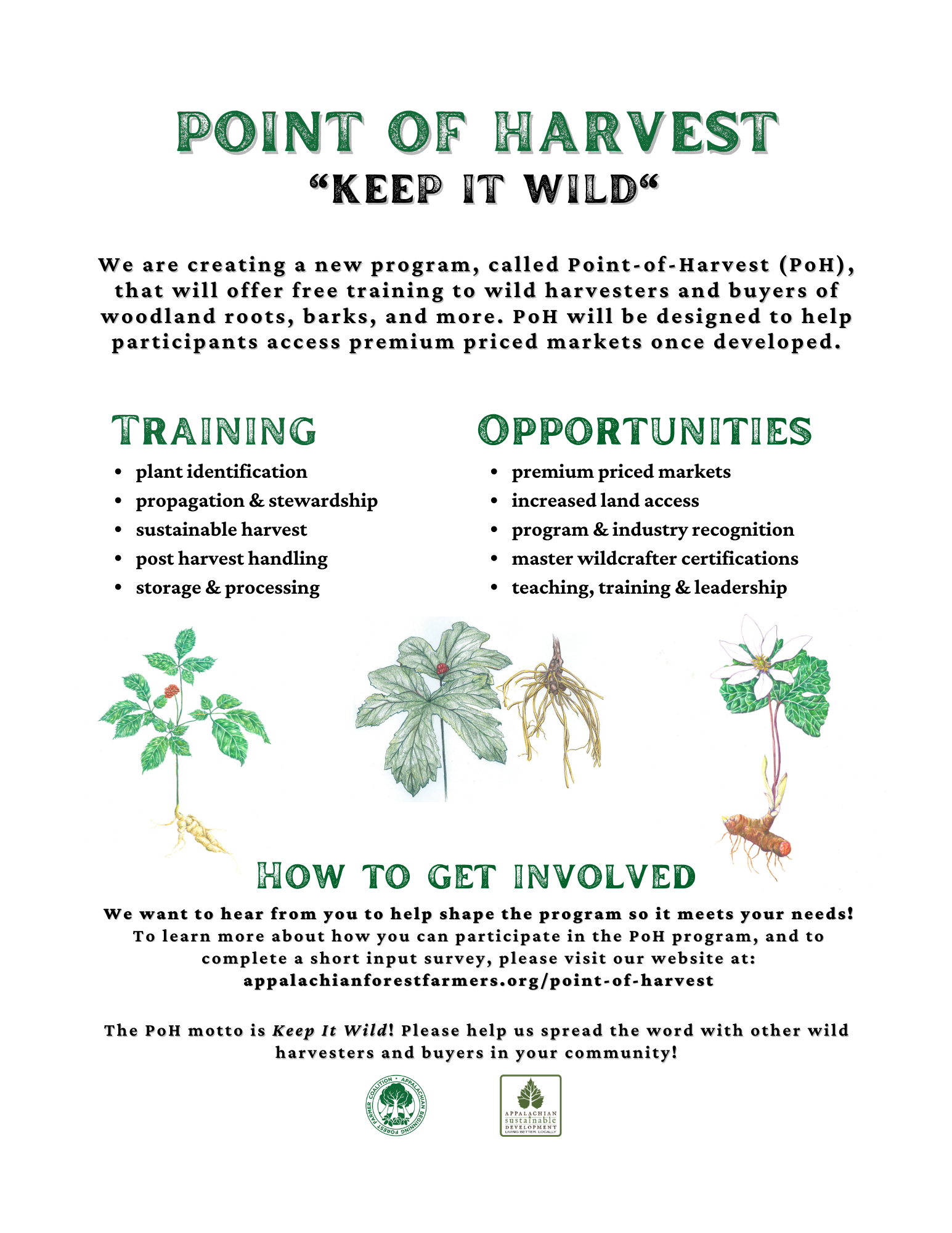Maple Syrup Production in the Pacific Northwest: Adapting an Old Practice to a New Region

Maple syrup production is one of the most popular examples of forest farming and agroforestry in the U.S. and Canada. However, commercial production of maple syrup is almost entirely concentrated in the eastern region of these two countries and has historically been defined by the native range of the sugar maple (Acer saccharum). True to its name, sugar maple sap has a sugar content 2-3 times more than other maples (at 2-3%). This higher sugar content means there is less water to remove through boiling and makes it an ideal species for syrup production. However, producers in these areas also tap other native maples [e.g., silver maple (Acer saccharinum) or red maple (Acer rubrum)], which have lower sugar content but still produce valuable sap (Peters et al. 2020). The expansion of maple syrup production beyond sugar maple begs the question: which maples in other parts of the country are suitable for syrup production? All maples produce sap with sugars (sucrose) that can be reduced to syrup and individual species may have unique, marketable flavors.
- Details
- Written by Shults, Patrick; Wheiler, Kent; Ettl, Gregg; Jones, Eric; Farrell, Michael; Ganguly, Indroneil; Braun, Nick
- Parent Category: Volume 28
- Category: Volume 28 No. 2 April 2022




